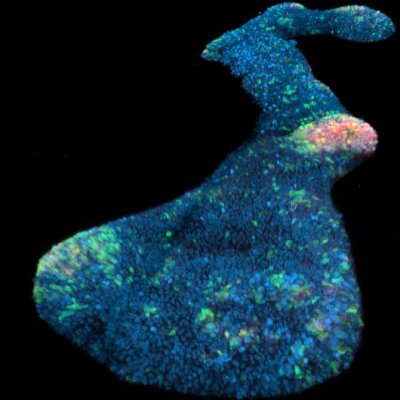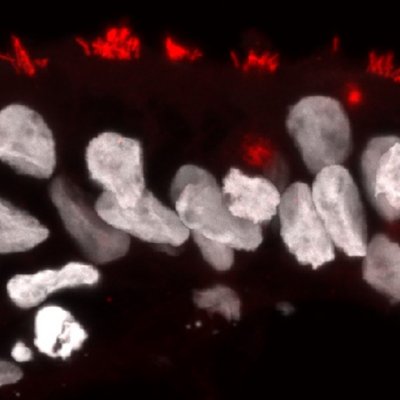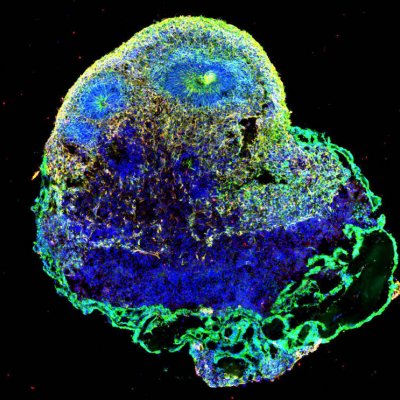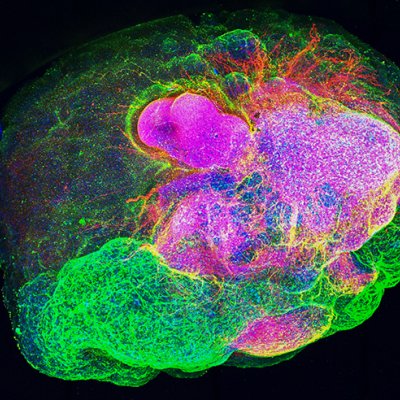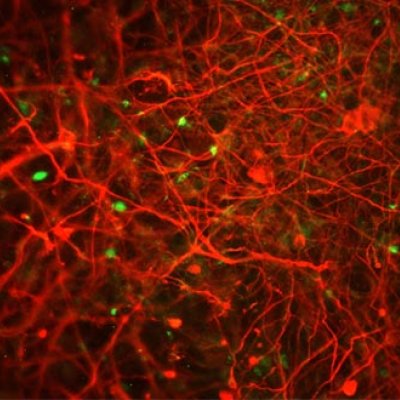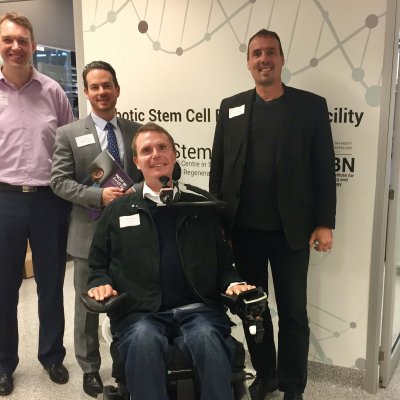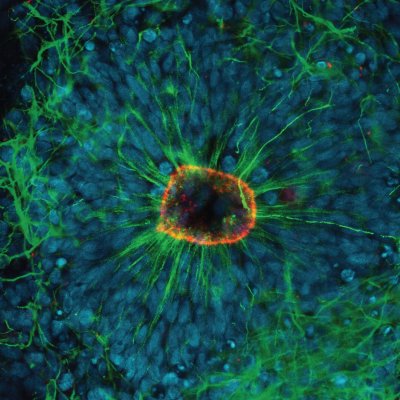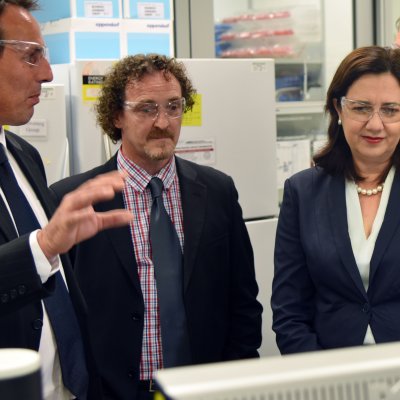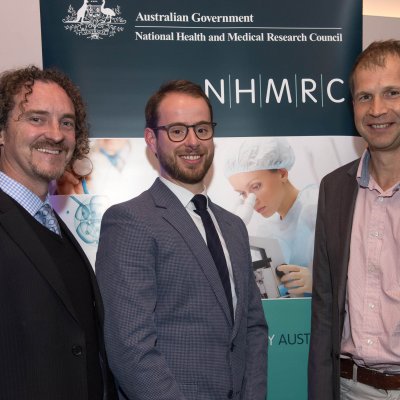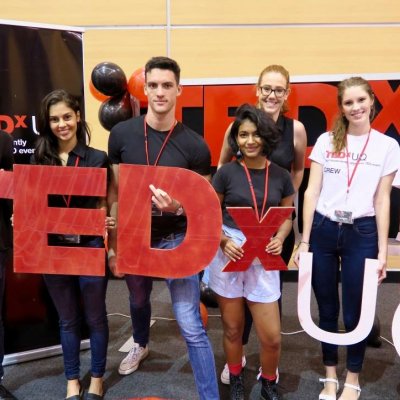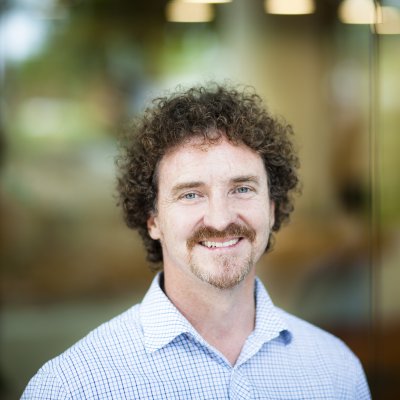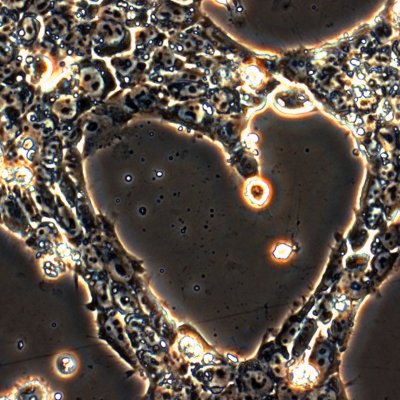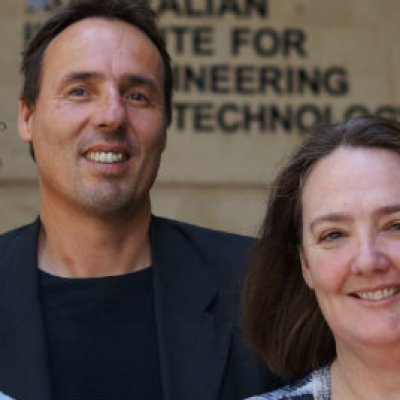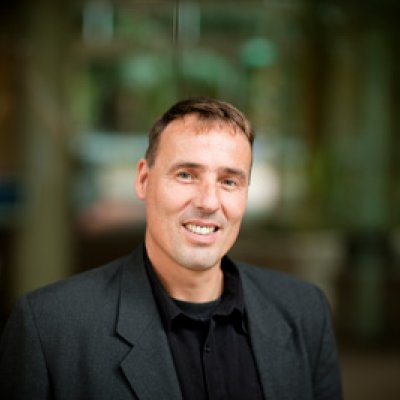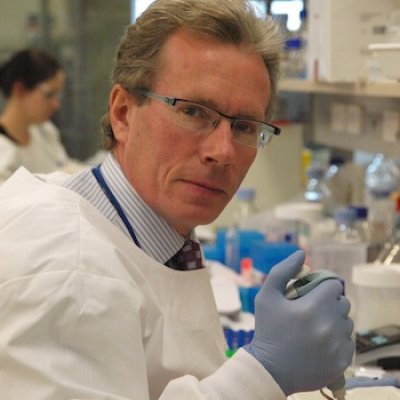UQ researchers have made a significant step towards enabling women with epilepsy safer access to a common and highly effective anti-seizure medication.
1 October 2024UQ researchers have received $4.1 million from the Medical Research Future Fund to advance their research into epilepsy treatments made from spider venom proteins.
17 September 2024A first-of-its-kind brain organoid grown at The University of Queensland has helped researchers identify therapies that reduce the impact of COVID-19 on people with Down syndrome.
6 June 2024University of Queensland researchers have found a way to reverse a cellular process triggered by COVID-19 that contributes to premature ageing of the brain.
22 November 2023Brain tissue grown in a laboratory by University of Queensland researchers will be used to test a treatment for a rare disease in children and help unlock therapies for a range of neurological disorders.
6 April 2023University of Queensland researchers have secured almost $31 million from the Medical Research Future Fund (MRFF) to tackle health and medical challenges in Australia and around the world.
21 March 2023Researchers from The University of Queensland have secured more than $31 million from the National Health and Medical Research Council (NHMRC) to progress life-changing health and medical research.
15 December 2022Studying tiny ‘live’ models of the human brain has helped researchers understand its ageing and find a key to potential treatments for Alzheimer’s and other neurodegenerative diseases.
2 November 2021A donation of almost $400,000 will fund University of Queensland research looking at the potential of stem cells to repair spinal cord injuries.
26 June 2018Researchers say a protein usually associated with the immune system could play a role in the development of neurological conditions such as epilepsy and schizophrenia.
19 May 2017The University of Queensland today launched a new $7 million regenerative medicine research centre to improve older Australians’ quality of life and increase their participation and productivity.
17 October 2016The quality of research performed at The University of Queensland was recognised at last night’s (13 July) National Health and Medical Research Council (NHMRC) Research Excellence Awards in Canberra.
14 July 2016TEDxUQ returns to The University of Queensland on 30 July, under the banner Future Frontiers.
13 July 2016For the second year running a UQ researcher has been recognised by Life Sciences Queensland for their work into regenerative medicine.
15 October 2015Australian researchers have perfected a method of growing mini-kidneys from stem cells for use in drug screening, disease modelling and cell therapy.
14 October 2015A rare disease discovered at The University of Queensland gave an Australian family a diagnosis for their son’s mystery illness, and is now the subject of a new book, Cracking the Code.
30 March 2015A landmark international study involving University of Queensland researchers has discovered how human and mammal cells develop specialised functions.
13 February 2015University of Queensland researchers have joined forces with hundreds of scientists around the world in a project that is advancing understanding of human genes, giving unprecedented insight into health, development and behaviour.
27 March 2014Researchers at UQ's Australian Institute for Bioengineering and Nanotechnology (AIBN) are a step closer to understanding and combating the degenerative brain disease ataxia-telangiectasia.
3 July 2012University of Queensland scientists have developed a world-first method for producing adult stem cells that will substantially impact patients who have a range of serious diseases.
13 February 2012- 1 of 2
- next ›
